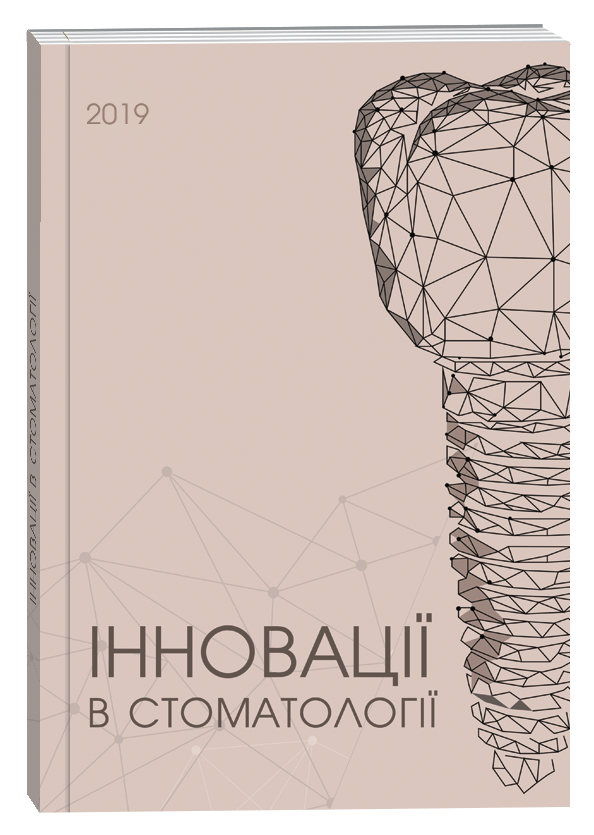FEATURES OF CARIES RESISTANCE IN CHILDREN WITH DIFFERENT TONES OF VEGETATIVE INNERVATION
DOI:
https://doi.org/10.35220/2523-420X/2019.1.8Keywords:
children of junior school age, psychotype, sympathotonia, caries resistance, sympatholyticsAbstract
It is known that the resistance of teeth to caries depends on several causes, especially those that disturb the com-position and properties of the oral fluid. The unbalance of the composition and properties of this fluid in children and teenagers negatively affects the quality of the secondary mineralization of the enamel, which contributes to multiple caries of the teeth. Therefore, these indicators of biological fluid are significant value in preventive dentistry, but caus-es that change its ionic content are not always known to the clinician.
Therefore, the purpose of the study authors was to study the protein and mineral composition of the oral fluid, de-pending on the type of vegetative innervation in young children of school age to optimize preventive anti-carious ac-tions.
The authors surveyed 201 children of school age (6-7 years old) as practically healthy from the internal organs for the conclusion of a school physician - pediatrician. However, according to the characteristics of the nervous system, children are divided into three groups: normotonics (101 people), vagotonics (40) and sympathetic (60) - according to A.M. Wayne. Standard clinical and paraclinical methods for assessing the condition of solid dental tissues have been used. The method of ion exchange chromatography and SOS - forez, as well as using flame spectrometry, determines the level of calcium and phosphorus ions, common proteins and proteins rich in proline (PRP).
Researches have established that the state of vegetative innervation in children of younger school age is directly related to caries resistance during the development of teeth. The morbidity in children of sympathicotonic vegetative reactions, which reduces the optimal conditions at the stages of ripening of enamel of teeth, as a result of secondary mineralization, is more pronounced. Therefore, there is a need for TPC for primary dental prophylaxis to include medi-cated remedies for a sedative and sympatholytic direction for this category of persons.
References
Окушко В. Р. Основы физиологии зуба / Окушко В.Р. – Тирасполь: И.П.У. , 2005. - 237с.
Anomshoa J. Caries is Assosiated with Epilepsy // J. Anomshoa, A.R. Vierf // Eur.J.Dent. – 2009. –Vol.3, №4. – Р. 297-303.
Paganini M. Dental caries status and salivary proper-ties of adolescents/ M.Paganini, R. Bianco // Jnt.I.Paediatr.Dent. – 2011. – Vol.21, №3. – Р. 185-191.
Ковач І.В. Карієсрезистентність та склад ротової рідини у дітей / І.В.Ковач, І.М. Щербина, В.Д. Каюкова / Медичні перспективи. – 2013. – №4(1). – С. 103 – 105.
Tanaca K. Dental caries and allergia disordesin chil-dren / K.Tanaca, Y.Migake, M. Arakava // Asthma. – 2008. – Vol.45, №9. – P. 795-797.








